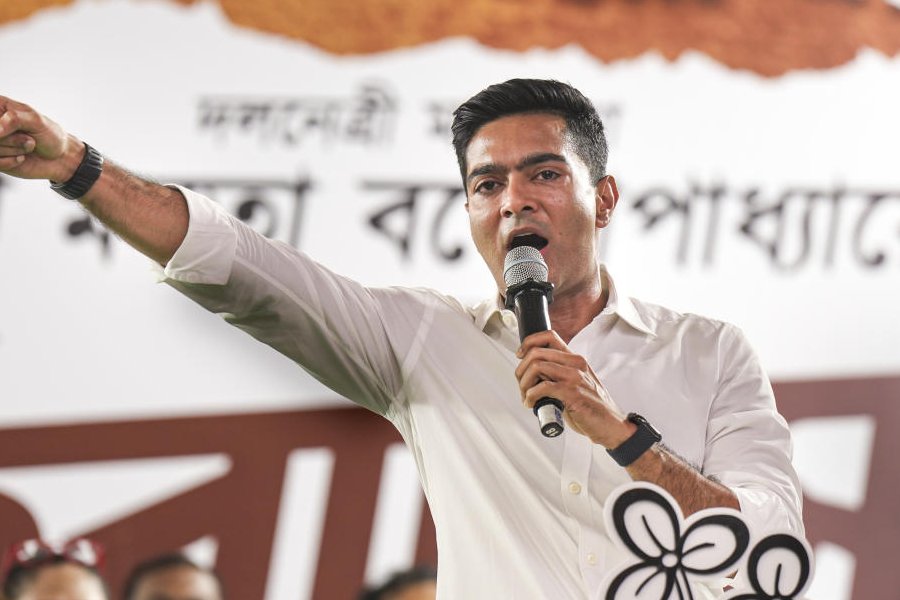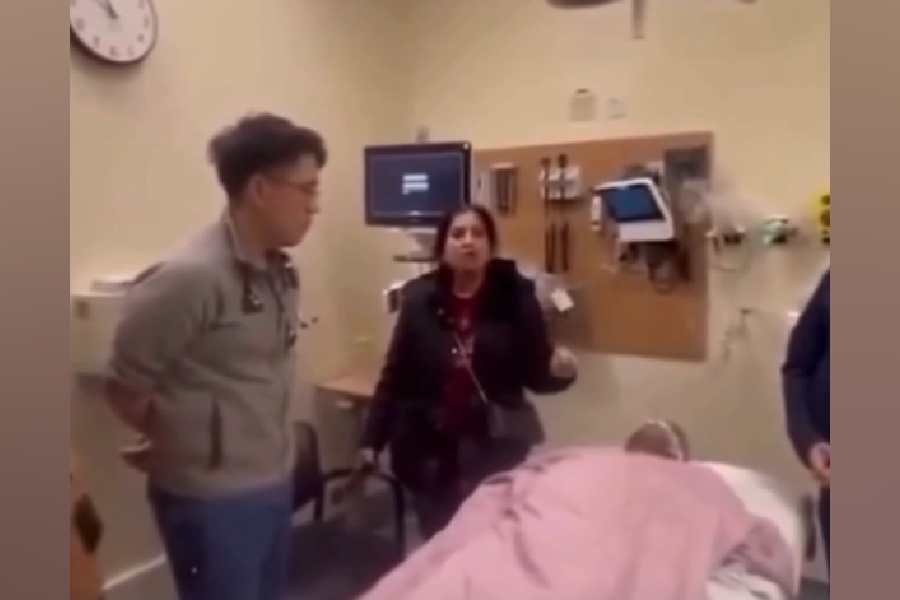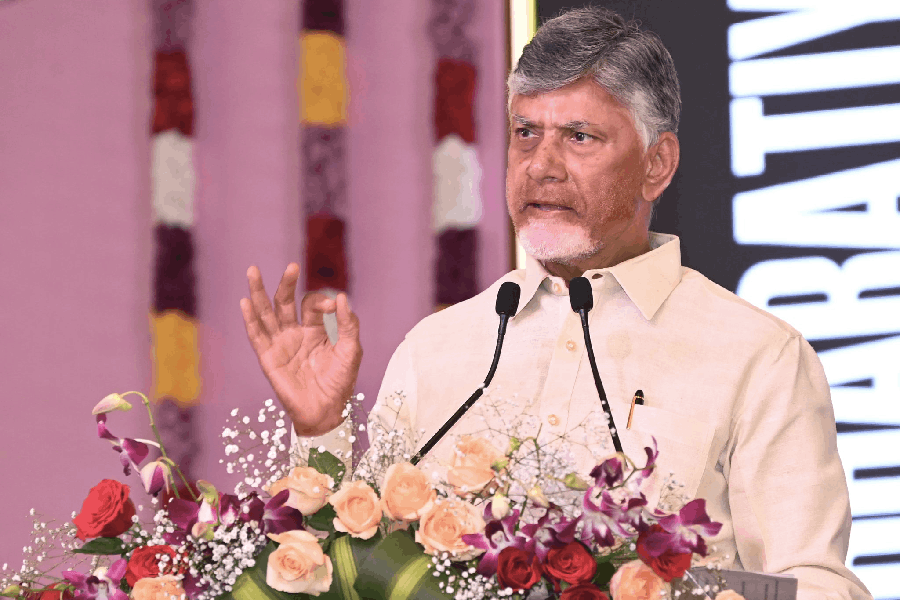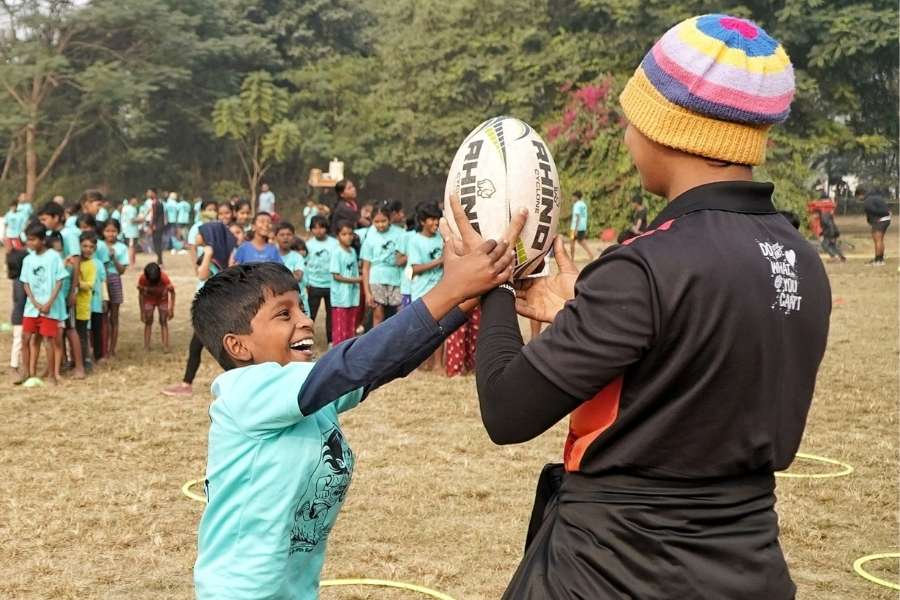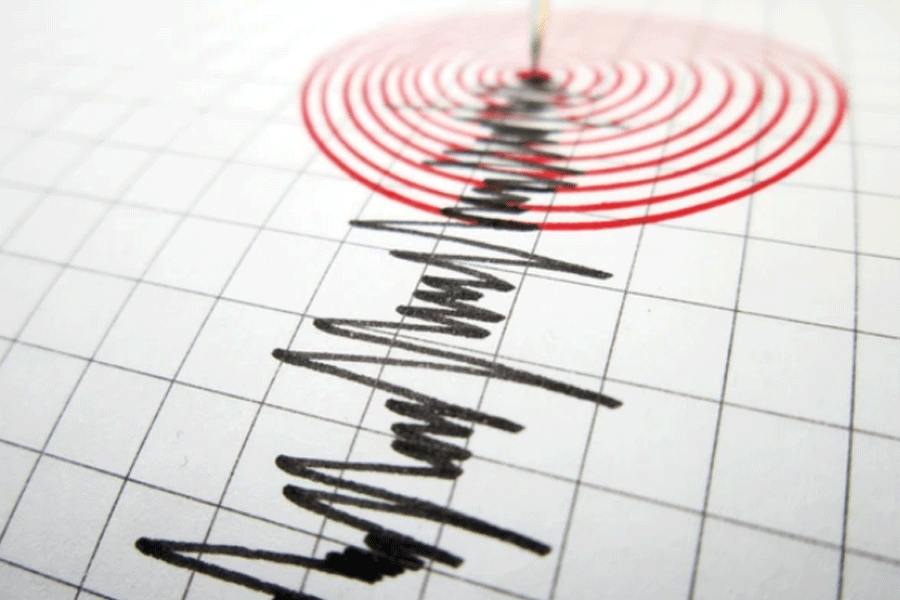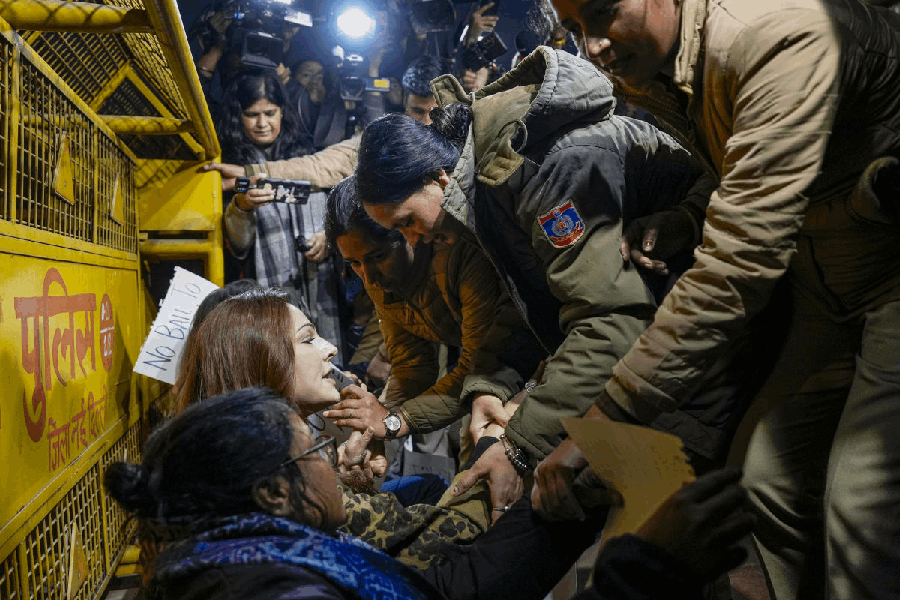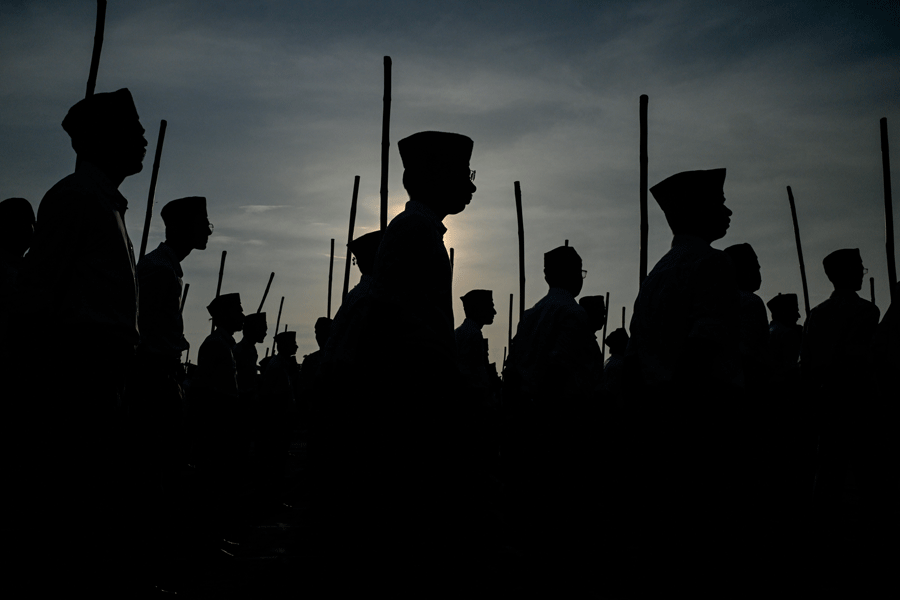 |
| Roopa and Nandana in Kaler Rakhal |
Back after a three-year break, Sekhar Das is ready with his third film Kaler Rakhal that he fears may draw “vociferous reactions”. Waiting for an April 3 release, Das tells t2 about completing the last film in his trilogy on the rural-urban divide...
What is Kaler Rakhal all about?
It’s based on a short story written by Nilanjan Chatterjee, the CEO and director of Nandan who was the BDO in Midnapore when he wrote it. I’ve changed the title from No. 2 Ashami to Kaler Rakhal. The title is a metaphor for Lord Krishna who knew that he would never become king, so he used his flute to lure everyone. My rakhal (shepherd) is representative of the Indian village youth. I went around Jharkhand, Dumka, Murshidabad and spent two years working with Bohurupees to come up with a concrete and convincing script.
How relevant is the subject?
An artiste’s role is to record and present reality that can often be disconcerting. The rural belts I focus on are places that people visit for professional reasons. How much change can one really enforce and what one can learn when surrounded by a different reality is a theme that haunts me. It’s the thread running through all three stories — Mehulbonir Sereng, Krantikaal and Kaler Rakhal — making it a trilogy.
Mehulbonir Sereng was about the Santhal society, its aspirations, life and romance. Krantikaal was about terrorism in the Northeast. Kaler Rakhal will give a glimpse of the colourful Bohurupees, their art form and history against the backdrop of globalisation. The film is about whether the change is good or bad.
Tell us about the characters in Kaler Rakhal...
The film is about two journeys — of the young non-resident Bengali girl Aparna Basu (Nandana Sen), who comes down with a German TV crew to shoot a documentary on jatra and Bohurupees. While doing a travel show for TV, I had come across a lot of young NRIs in Europe, America and Australia who are curious and keen on participating in a developing India. Nandana represents this group.
The second journey is of village boy Subal (Parambrata) who sings, acts and runs errands for political parties. He becomes the subject of the documentary and a reflection of the changing face of rural India. It is about their need and desire for motorbikes and cell phones, to keep pace with the changing world.
Aparna is mesmerised by the local people but discovers that all’s not well in the region. She mingles with them and is humiliated, which makes her more resolute about finding a solution.
How did Nandana fit in?
I had seen Nandana in some ads. But I hadn’t seen Gudiya. I was told that she acts in films in London and New York. Then I saw her in Black and felt she was competent to play this character. I needed someone who would easily slip into an NRI’s role and Nandana as a person is also sensitive, intelligent and well-read, which suits her character. I could have cast Konkona (Sensharma) but as Nandana is not too exposed in the Bengali circuit, it makes her more convincing.
Why did you cast Parambrata as a Bohurupee?
Param, in this film, is far removed from his teen rockstar image. He brings out the innocence, confusion and suffering of the boy. He is the protagonist with a dual role — a bohurupee on stage as well as in personal life. Apart from working as a Bohurupee, he does odd jobs to support his family. A local political party asks him to do things that he’s not supposed to but he does because he feels obliged. A time comes when he realises his identity as an artiste, which prompts him to say no. Parambrata had shed a lot of weight for the role. Both he and Rudranil (Ghosh) travelled with me to study the life of Bohurupees.
Roopa Ganguly seems to be a must in all your films...
This is my third film with Roopa and I’ve always tried to create a character with her in mind. I find a very rare image in her. In Kaler Rakhal she plays a village schoolteacher whose husband was killed as part of a political plot.
Who are the other players?
Chandreyee (Ghosh) plays a distant cousin of Parambrata and Rudranil is a young Muslim boy who’s known for playing characters like Radha and Draupadi. I wrote the role just for Rudranil. Soumitra Chatterjee, who plays a man with a lot of worldly knowledge, is someone I admire as a poet, dramatist, stage designer and for his elasticity in adapting to any character. Then there’s Ushashie, Shaheb, Bimal Chakraborty and Supriyo Bandopadhyay from Germany.
Will Kaler Rakhal be a very grim watch?
It’s a very mainstream film with a lot of comedy and music. Since it’s about Bohurupees, there’s life and colour. Music is important; Indradeep Dasgupta has composed it. There are 11 songs. There’s a rap, a Rabindrasangeet, some raga-based songs and some with a spiritual bent. Tanmoy Bose has done the percussion.


